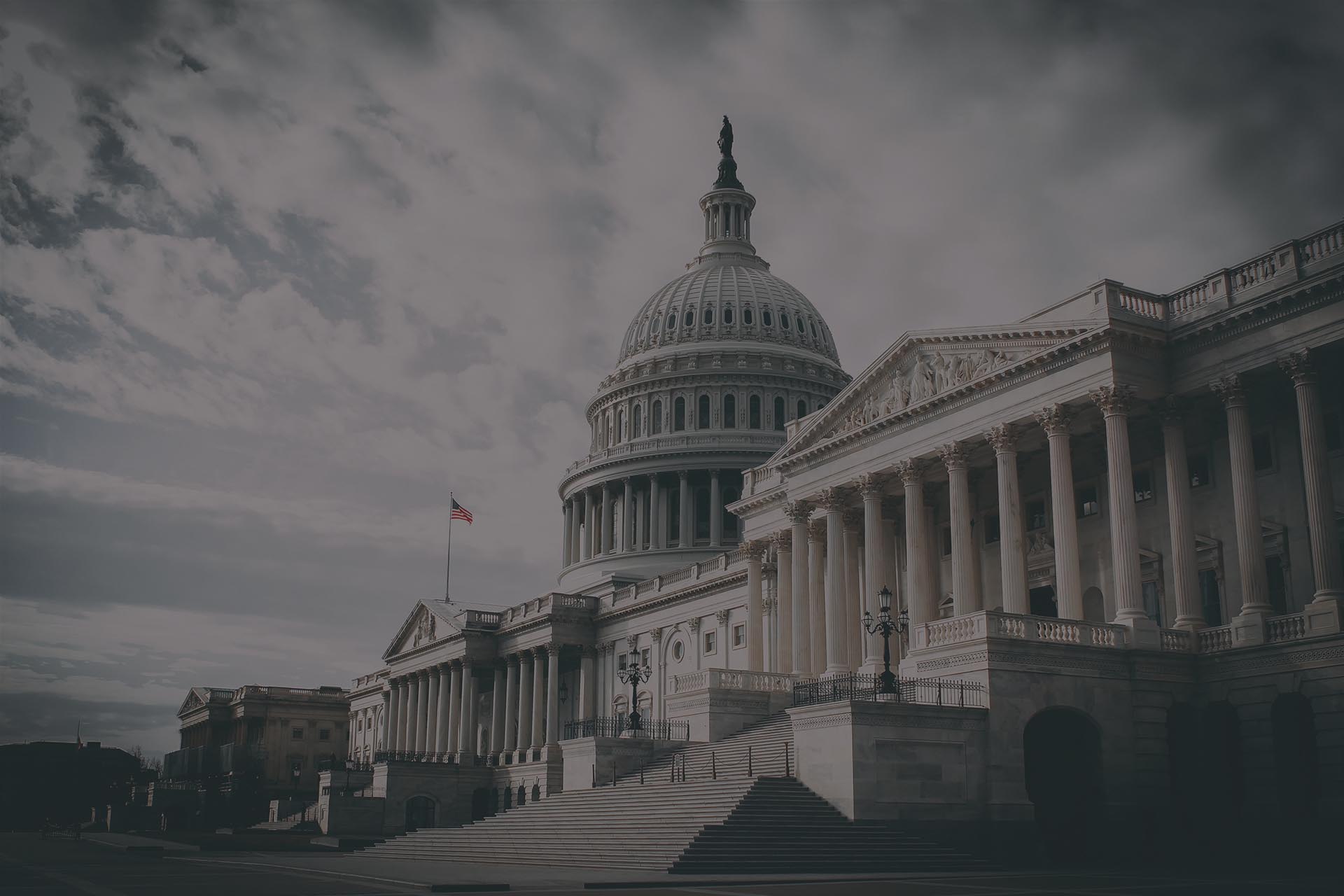Published April 8th, 2020
The stimulus bill that was signed into law on Friday March 27, 2020, the CARES Act, is providing several programs to help workers and small businesses. As experts in tax, accounting and business, we have been reviewing the 800-page bill since its release. Below is a brief overview of CARES in relation to business owners and certain individuals.
CARES Act – For Small Businesses
Of the many relief provisions available, there are a few covered below that will prove to be the most relevant to our clients. Not all provisions are addressed below but here is what we know about the important ones.
Paycheck Protection Program (PPP) – We believe this will be the most widely used relief measure included in the CARES Act. To very briefly summarize, the program offers a loan to employers with less than 500 employees. The loan may be fully forgiven if you meet certain requirements, mainly paying your rent and keeping your employees employed, hence the name, Paycheck Protection Program. What you need to know:
- Applications and loans are through the SBA but will be administered through banks
- Many banks opened the application process on Friday April 3. More will follow this week
- SBA has issued sporadic guidance on the details of the program as of today. More is expected over the next several weeks and months
- The loan amount will be equal to 2.5 times your average monthly payroll costs
- You may be eligible to have all or a portion of the loan principal forgiven based on SBA guidelines
- You must certify that your business needs financial relief because it was impacted by events related to the COVID-19 outbreak
We highly recommend that you inquire with your bank as soon as possible to determine how to apply and what information will be required for your application. More information can be found here: https://home.treasury.gov/system/files/136/PPP–Fact-Sheet.pdf
Economic Injury Disaster Loans (EIDL) – Over the past few weeks, these loans have been available for businesses affected by the recent shutdowns. The provisions were expanded through the CARES Act. They now are available up to $2M, carry an annual interest rate of 3.75% and have a maximum term of 30 years. Unlike the PPP loans, there is no forgiveness clause. The loan also cannot be used for the same purpose as the PPP loan discussed above. In other words, if you have both loans, the EIDL should be used for expenses other than rent, utilities and payroll costs.
Payroll Credits and Tax Deferments – There are two payroll assistance measures included in the CARES Act. Both are unavailable to those that receive a PPP loan.
The Employee Retention Credit offers a refundable payroll tax credit for 50% of qualified wages paid to employees from March 13, 2020 through December 31, 2020. The credit is for up to $10,000 in wages, including health benefits or $5,000 per employee.
Payroll Tax Deferment provides cash flow relief rather than a credit. Employers may defer payroll tax attributable to Social Security (6.2%) into two installment payments: one due on December 31, 2021 and the other due on December 31, 2022.
CARES Act – For Individuals
Recovery Rebates – Also known as the “stimulus check”, a check for $1,200 ($2,400 married filing jointly) will be sent to individuals whose Adjusted Gross Income is less than $75,000 ($150,000 MFJ). An additional $500 will be sent for each child under 17. You will receive a partial payment which reduces to zero as your AGI approaches $99,000 ($198,000 MFJ). The basis for determining your AGI will be your last filed tax return; either 2018 or 2019. If you are entitled to a larger amount based on 2020, you will receive it in the form of a credit when filing your 2020 tax return next year.
Required Minimum Distributions – If you are over 70 ½ you are generally required to withdraw a minimum annual distribution from your IRA or 401(k). Under the CARES Act, the provision has been removed for 2020 and therefore, there is no requirement this year.
Retirement Withdrawals – Generally, if you withdraw from retirement funds before the age of 59 ½, you will pay a 10% penalty with your tax return. For 2020, certain individuals can now withdraw up to $100,000, penalty free. To the extent that the distribution is considered income, you can recognize the income over a three-year period. Individuals can also re-contribute these funds to the plan within three years without regard to contribution limits.
Unemployment Insurance – An additional $600 per week was added to the maximum benefit. 13 additional weeks of benefits through December 31, 2020 are also provided. Self-employed individuals are also now covered under certain conditions. It is recommended that you check with your state labor department on eligibility.
Mortgage & Student Loan Relief – Federally backed mortgage payments may be postponed up to 360 days at the request of the borrower provided the there is affirmation of financial hardship due to COVID-19. Federal student loan payments will automatically be paused through September 30, 2020.
For more information on any of the topics discussed above and how they may affect you, please contact your Raines & Fischer partner.
This article is not considered tax advice and should not be used as a guide for tax planning. Its intent is to provide a brief and basic overview of the CARES Act. Please contact your tax advisor for more information.

